With our small-firm mindset, we specialize in projects with a unique problem to solve.
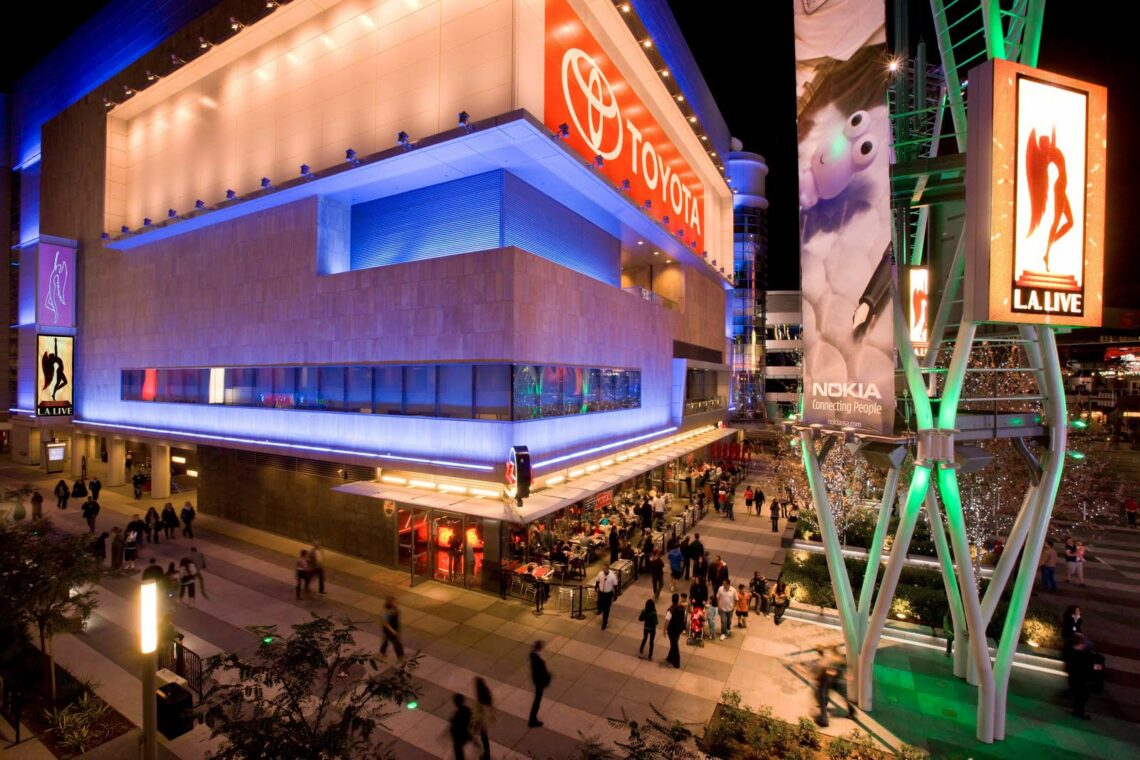

Founded in 2014, Minuscule Lighting Design was able to realize the full benefits of BIM automation without having one foot stuck in the 2D past. As a result, we can handle very large projects efficiently.
Many of our quality control procedures are partially or fully automated, which means we can stay focused on design goals instead of getting lost in the documentation.
How do you want your space to be perceived by its occupants? Warm and inviting? Cheerful and active? Secluded and personal? This has everything to do with lighting.

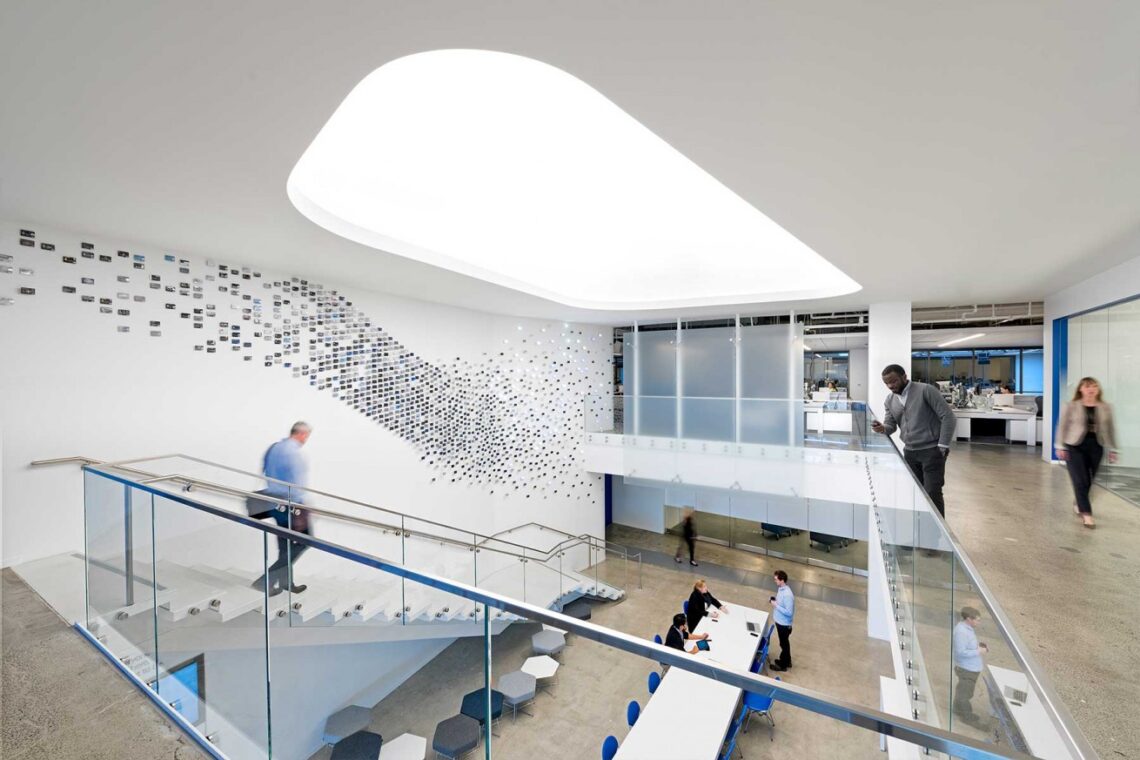
We have a ‘small firm’ management philosophy with personal attention by principals to every project, and this means that your design goals don’t get lost in translation.

Minuscule Lighting Design has extensive experience with the particular toolbox that night-time placemaking requires.
Lighting for exterior spaces is a different problem with different solutions— vision doesn’t work the same in a night-time environment.
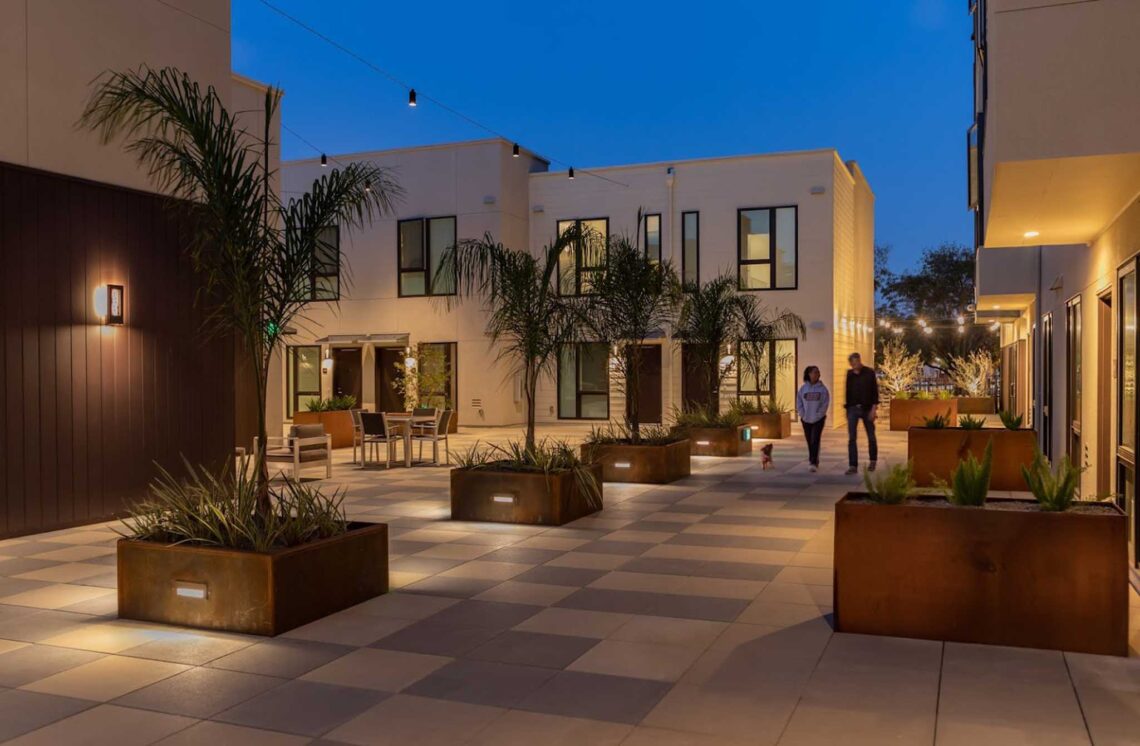
For projects which are attempting something unique or unprecedented, providing both lighting and controls as an integrated design is of critical importance. Minuscule Lighting Design has provided controls design for a number of high-profile, award-winning projects.
Lighting is a significant contributor to building energy usage, but ZNE lighting doesn’t have to be basic. It does require careful design to the task to avoid overlighting or underlighting, and a holistic approach to lighting and controls.
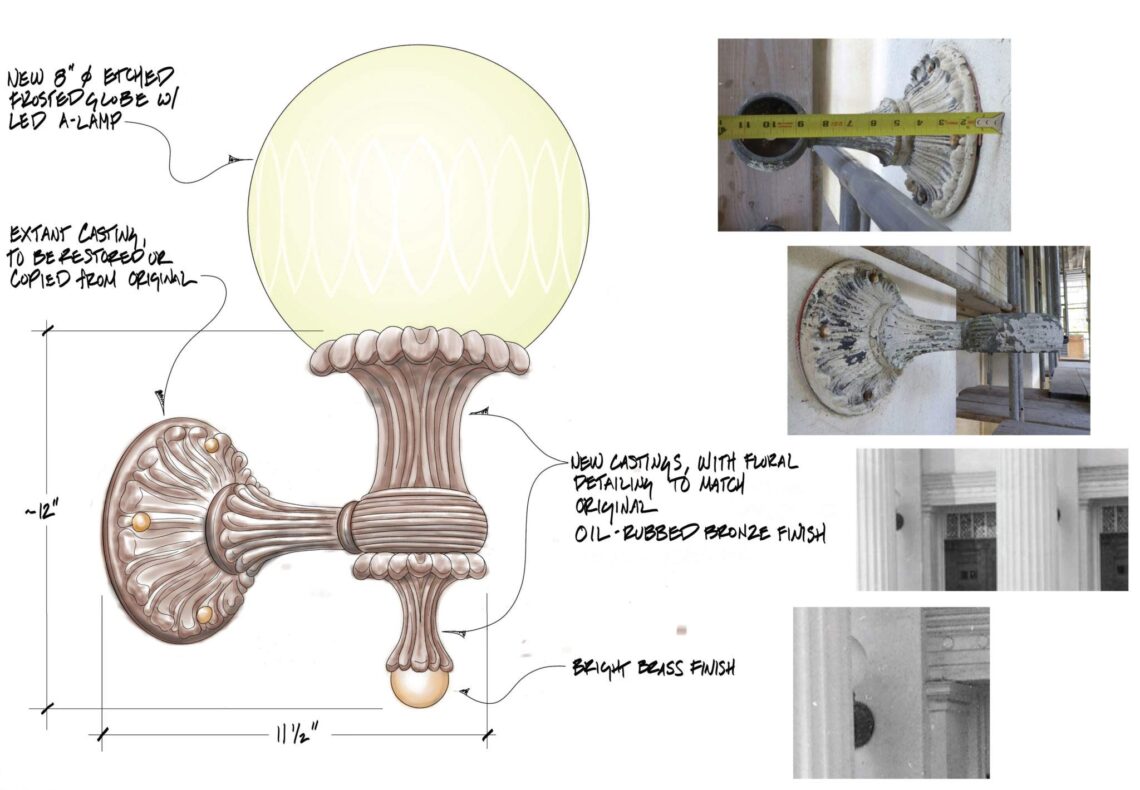
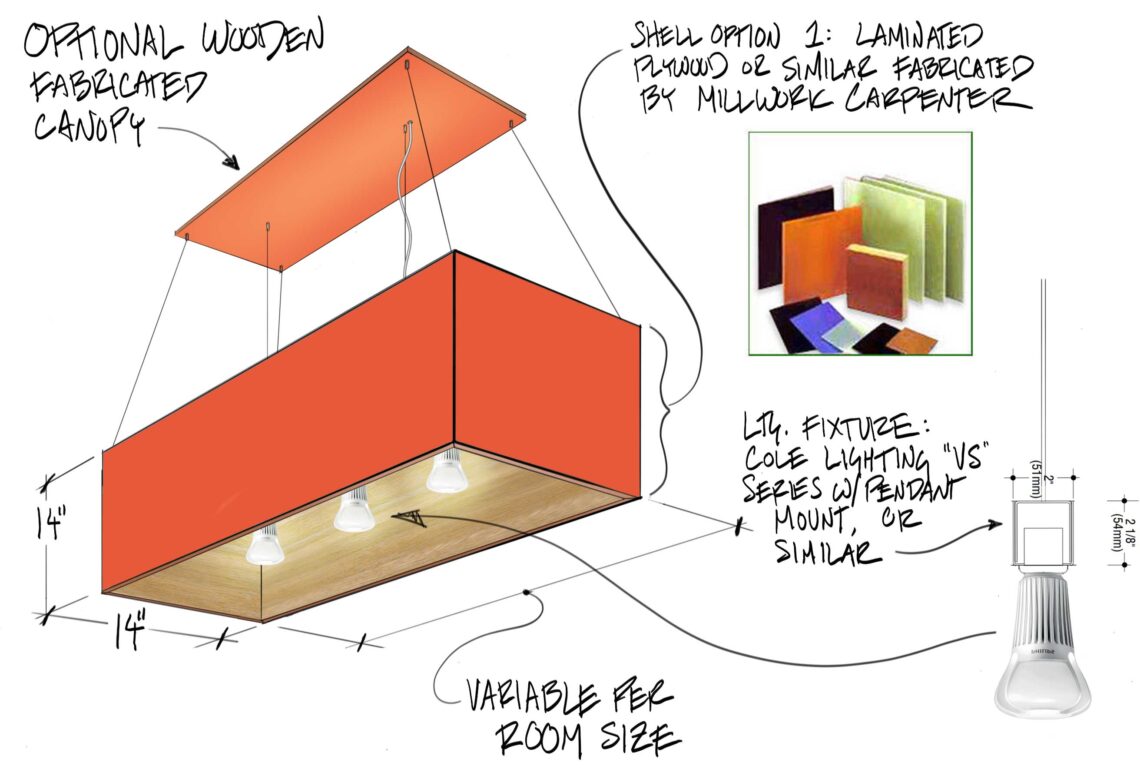
Sometimes, the thing you want doesn’t exist yet, or doesn’t exist any longer. We have relationships with custom manufacturers and artisans and can simplify the custom fixture creation process.
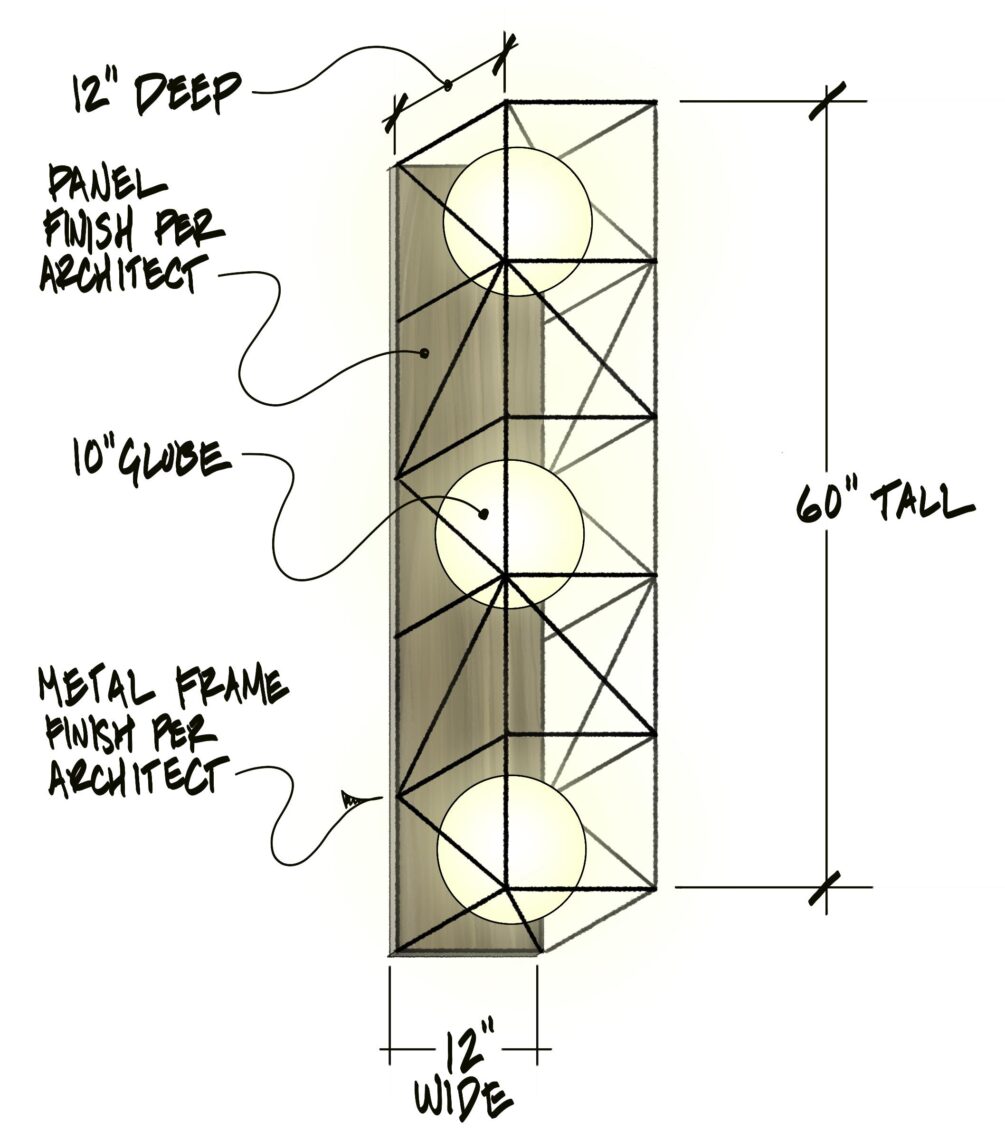
We use photometric software from an early design phase to test out different lighting concepts. The renderings they produce are not intended to be photorealistic, but they do show an accurate photometric distribution of the lighting, and they’re fast enough to be used concurrently with the design process.
Traditionally architectural renderings are somewhat time-consuming and expensive to produce, and so are generally only utilized to show a final design for approval by stakeholders.